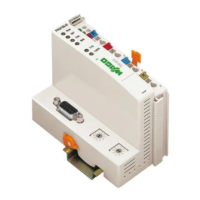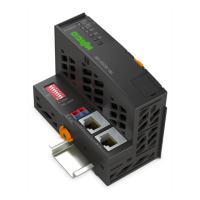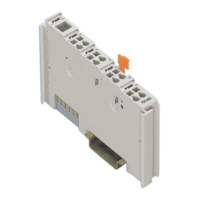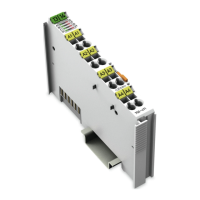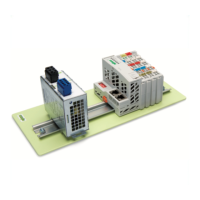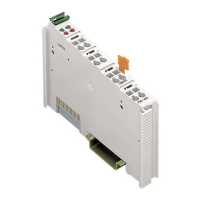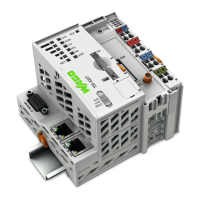120 • Step-by-Step Guide to your own Linux Application
Debugging of User Space Programs
WAGO-I/O-SYSTEM 750
Linux Fieldbus Coupler
Fig. 5-5:Window Make menuconfig, build debuggable applications
1. Quit the menu and the following menus by clicking the EXIT button.
2. The following question appears "Do you wish to save your kernel
configurations?". Click on YES.
After the above-described settings are done, the compiler is ready to compile
user space applications without optimization. The compiled programs become
bigger and will likely operate at a slower speed.
For final release versions of the programs, it is advisable to cancel the above
setting (“Build debuggable applications”) and completely compile the program
once more. To do so use the following calls:
> make clean
> make (or make user).

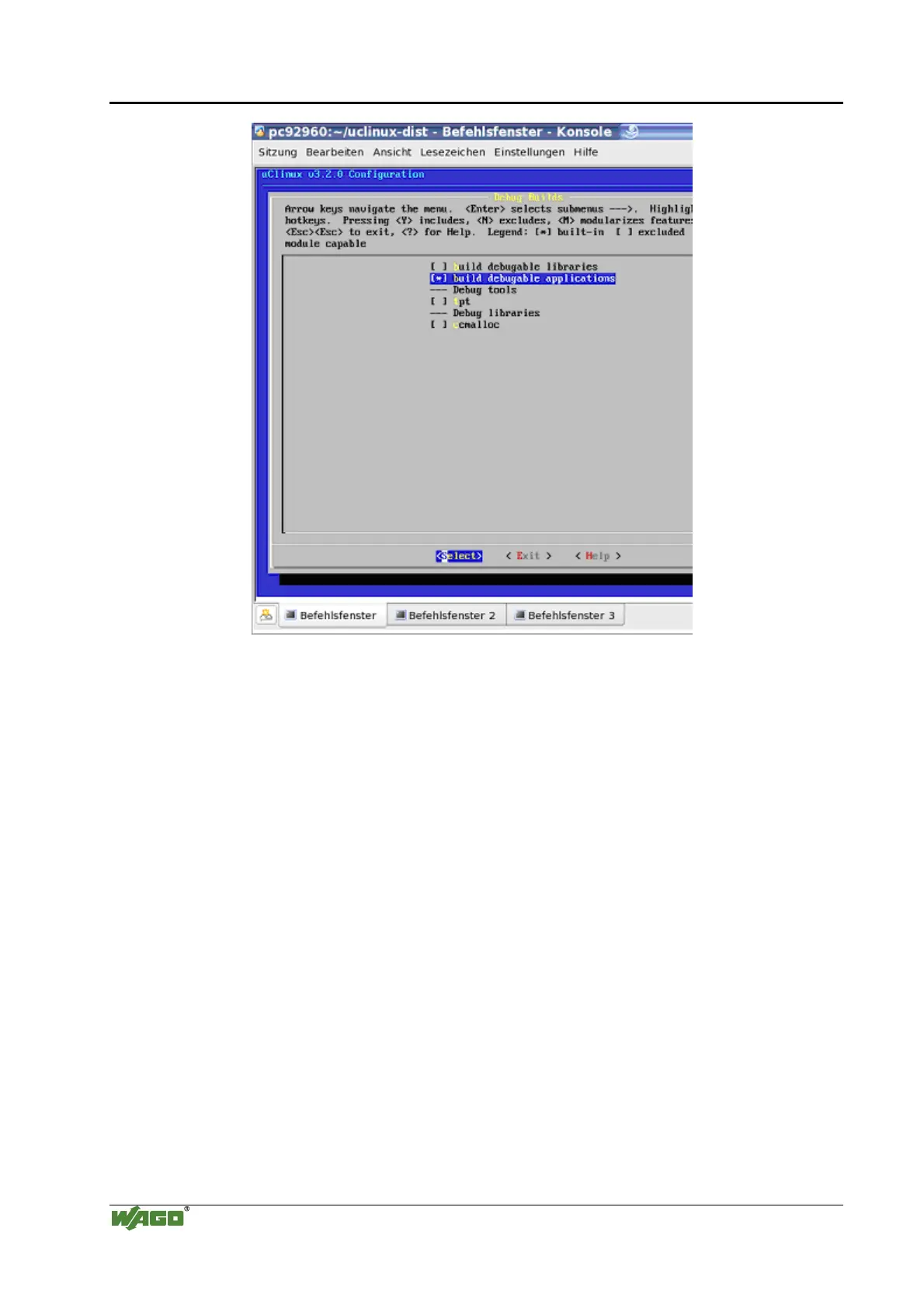